Chris Sizemore: The Woman With Over 20 Confirmed Personalities Will Shock You!
Sizemore was born on April 4, 1927 to parents Acie and Zueline Hastings Costner in Edgefield, South Carolina.
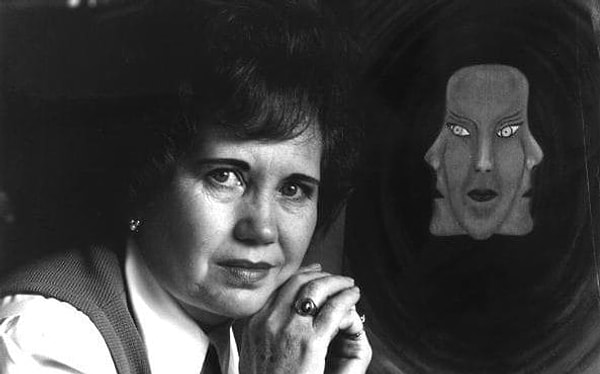
Psychiatrists believe that dissociation is a defense mechanism: a reaction to severe childhood trauma or prolonged physical, emotional or sexual abuse. In Mrs. Sizemore’s case, the fragmentation in her mind began when she was as young as 2, after she had witnessed a series of gruesome incidents, including her mother being bloodily injured in a kitchen accident, the funeral of an infant, the dragging of a corpse from a ditch and a man being “cut in half by a saw at a lumber mill.”
As she grew older, she would be punished for acts of disobedience or cruelty that she could not remember committing.
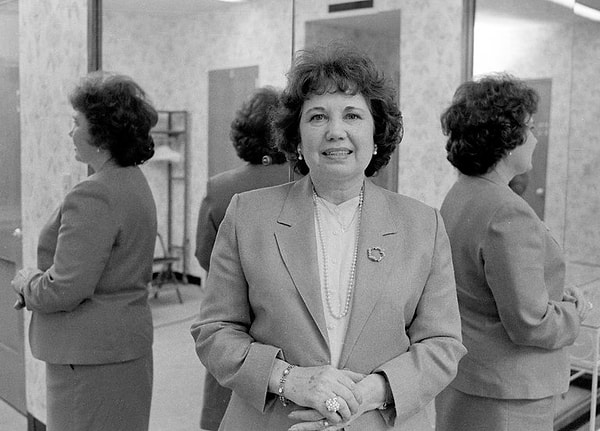
She would be baffled by a test in school that a different personality had prepared for. She never finished high school. According to her 1977 memoir, I’m Eve, written with a relative, Elen Sain Pittillo, she was scarred further by an early romance with a sadistic man, who beat her.
Chris Sizemore’s story had come to public attention while she was under the care of psychiatrists Corbett Thigpen and Hervey Cleckley in Augusta, Georgia.
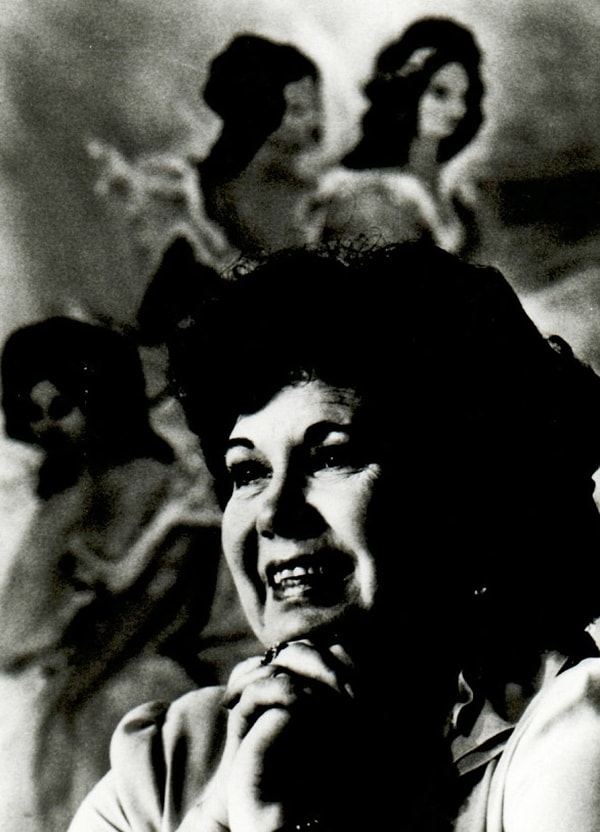
She had been referred to them after suffering from blinding headaches, accompanied by blackouts and erratic behavior. She also confessed to hearing a voice which taunted her about her husband.
Initially, the doctors had attributed her symptoms to the stress of raising a family. Several months into therapy, however, a completely different personality emerged, as brazen as Chris Sizemore’s other self, was demure.
Thigpen and Cleckley dubbed this provocative self “Eve Black,” while the dominant yet quieter personality was “Eve White.”
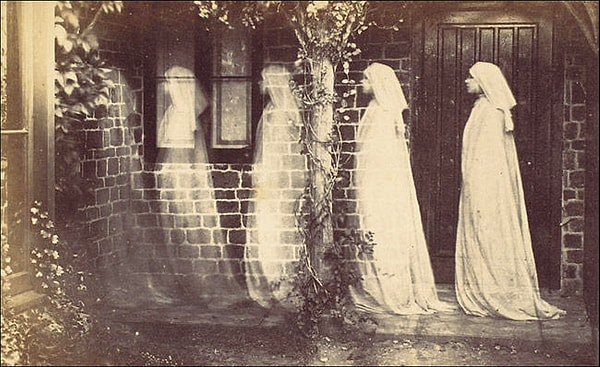
It was Eve Black who had tried to choke Chris Sizemore’s two-year-old daughter, leading her to seek psychiatric help for the first time.
While Eve White liked reading, Eve Black preferred to spend her days at the cinema and her evenings in nightclubs. In The Three Faces of Eve, Thigpen and Cleckley described their efforts to encourage the emergence and eventual dominance of “Jane,” a third, more capable personality.
The study, which was published in 1957, declared their therapy successful, but for Chris Sizemore there were further struggles ahead.

Jane died and more personalities took over, always in groups of three. They would function together for a time, then drop away and be replaced by others. Their ages would vary, as did their characters and even their physical health. “The Purple Lady,” who appeared when Chris Sizemore was 46, felt herself to be 58 years old, suffered from joint pain and sprayed her hair gray, while “the Strawberry Girl,” thought she was 21, went barefoot and ate only strawberries.
As doctors learned more about dissociation, the presumption that its main manifestation was multiple personalities with vastly different traits gave way to an understanding that the divides in a person’s identity could be far more subtle.

Even so, the way her divided self-presented itself was remarkable; some of her personalities knew how to drive, for instance, but others did not. She opened a cloth store in Manassas, Va., her son said, “because one of the personalities was an accomplished seamstress.”
In the Post interview, Mrs. Sizemore said her personalities dressed differently, talked differently, ate differently.
“I once weighed 175 pounds because I was feeding three different people in the same body different meals,” she said.
Each switch would be accompanied by headaches and facial contortions, which her second husband Don had initially mistaken for signs of a stroke.
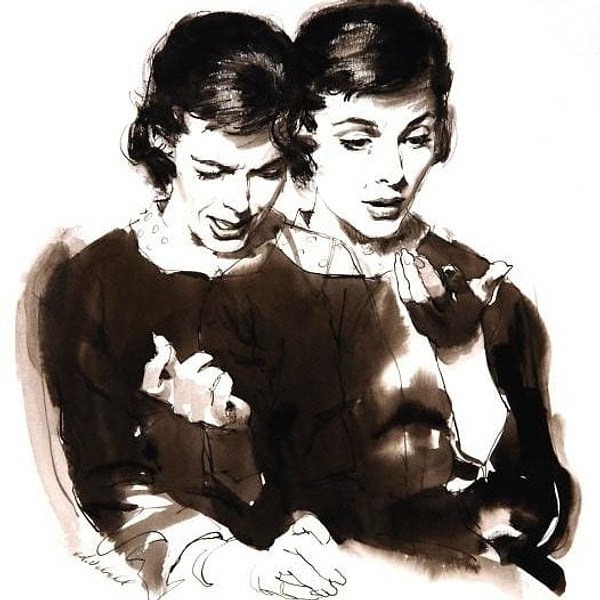
She struggled to hold down a job and attempted suicide. In 1970 the family moved to Fairfax, Virginia, where she finally made progress under the care of Tony Tsitos, her eighth therapist.
For four years the two of them worked at reintegrating her various “psychic sisters” to form a coherent personality.

“For me, being one person isn’t easy,” she told an interviewer in 1976. The final “sister,” who was mute, emerged briefly and then receded while she was trying to finish her autobiography, I Am Eve, written with the help of a cousin.
“Chris Sizemore was a lady,” Dr. Kluft said, “truly a beautiful human being. She did a lot of good. My hat’s off to Tony.”

The book was an attempt to reclaim her identity from Thigpen, Cleckley and the mythmaking of Hollywood. Yet when the actress Sissy Spacek expressed an interest in making a film based on Chris Sizemore’s follow-up work, A Mind of My Own (1989), Twentieth Century Fox pointed to the wording of the 1956 contract that she had signed for The Three Faces of Eve, which surrendered the rights to “all versions of my life story heretofore published or hereafter published” to the studio. Chris Sizemore’s attorney contended that the contract proved she had not been in her right mind when she signed it: Eve White, Eve Black and Jane had all added their names. The case was settled out of court.
In all, she reckoned that about 22 different personalities emerged over 40 years.

But she had no professional help until she was 24 when she was diagnosed with atypical schizophrenia. The doctors recommended electric shock therapy, but Eve Black objected and stormed out of the hospital. Another year went by before Chris Sizemore was referred to Thigpen and Cleckley, who diagnosed the multiple-personality disorder.
Later therapy sessions allowed her to harness her talents – several personalities had shown artistic abilities – and she made a living selling paintings and giving lectures.
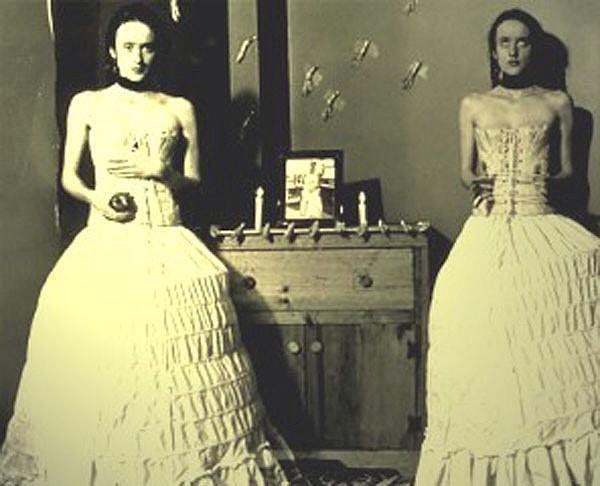
Of all her personalities she claimed to like Eve Black best since she was “an honest person.” Husband Don, however, had fallen in love with Jane.
Her first marriage, to Gene Rogers, was dissolved. Her second husband Don died in 2002. She is survived by a daughter from her first marriage and a son from her second marriage.
Mrs. Sizemore wrote a follow-up to her memoir, A Mind of My Own (1989), in which she recounted the integration of her personalities and her life afterward.

In later years, she was a frequent speaker on behalf of people with mental illness and an accomplished figurative painter.
The actress Sissy Spacek attempted to buy the film rights to A Mind of My Own, but 20th Century Fox, the studio that produced The Three Faces of Eve, stood in the way, claiming it owned the rights to her life story in perpetuity. Mrs. Sizemore had earned $7,000 from the earlier movie; a settlement was reached with Fox, and the second movie was never made.
The sunny narrative of Mrs. Sizemore’s triumphant second act was called into some question in 2012, when Colin A. Ross, a psychiatrist specializing in dissociation, published a book, The Rape of Eve, in which he accused Dr. Thigpen of having exercised an unethical, Svengali-like influence over Mrs. Sizemore and manipulating her for nefarious purposes during and after his treatment of her ended. Dr. Thigpen died in 1999.
Chris Sizemore, born April 4, 1927, died July 24 2016

The National Alliance on Mental Illness estimates that 2 percent of the population experiences dissociative disorders and that women are more likely than men to be diagnosed. According to experts, the extreme rarity makes it hard to study, and diagnoses of dissociative disorders remain controversial within the field.
After The Three Faces of Eve film, the disorder was ushered further into the mainstream by the 1970s book and TV movie Sybil, starring Sally Field as a woman with more than a dozen personalities. By the early 1980s, the American Psychiatric Association’s Diagnostic and Statistical Manual of Mental Disorders — regarded as the profession’s bible — officially recognized dissociative disorders.
Mrs. Sizemore said she did not see “Eve” until 1975, explaining to The Washington Post, “Joanne Woodward did an excellent job of acting. But, after all, I’ve lived through, the movie just seemed so unimportant.”
Keşfet ile ziyaret ettiğin tüm kategorileri tek akışta gör!


Send Comment